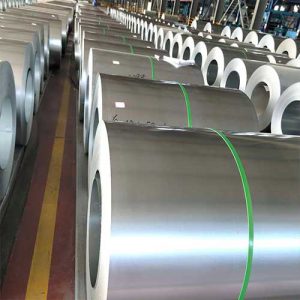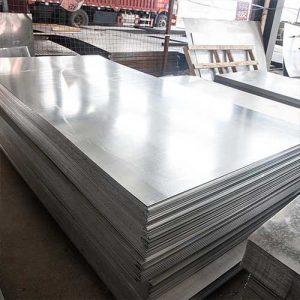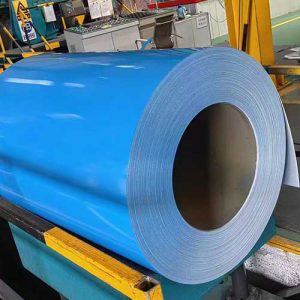Welcome to My Blog!
Before we dive into the content, I’d love for you to join me on my social media platforms where I share more insights, engage with the community, and post updates. Here’s how you can connect with me:
Facebook:https://www.facebook.com/profile.php?id=61565500692293
Now, let’s get started on our journey together. I hope you find the content here insightful, engaging, and valuable.
Table of Contents
Introduction
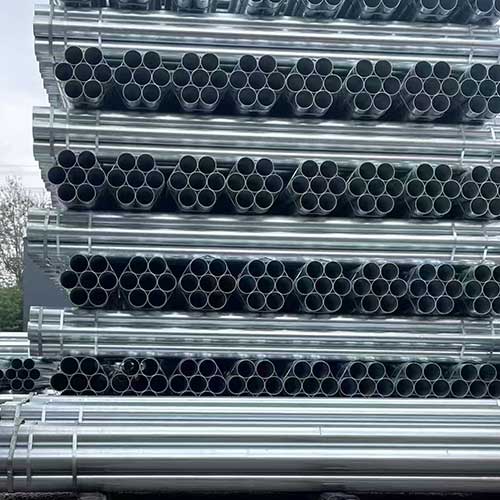
When it comes to galvanized pipes, size is crucial to ensuring the correct fit and functionality in plumbing, construction, and industrial projects. The term “galvanized pipe sizes” refers to both the diameter and thickness of the pipe, which can vary depending on the application. These pipes are often used for water supply lines, gas lines, and in applications where corrosion resistance is essential.
Galvanized pipes come in two primary measurements: Nominal Pipe Size (NPS) and the Schedule, which determines the thickness of the pipe. Understanding these measurements will help you determine the correct galvanized pipe size for your specific project.
This guide will cover:
- The different standard sizes of galvanized pipes.
- How galvanized pipe sizes are determined.
- The key factors to consider when selecting the appropriate pipe size for your needs.
- Common uses for different sizes of galvanized pipes.
- A comparison of galvanized pipe sizes for different applications.
Standard Galvanized Pipe Sizes
Nominal Pipe Size (NPS)
The Nominal Pipe Size (NPS) is the standard used to classify pipes based on their inside diameter (ID). Although the actual measurements of the pipe differ slightly from the NPS, the designation remains important for selecting the correct size. NPS ranges typically include sizes such as 1/2-inch, 3/4-inch, 1-inch, 2-inch, 3-inch, and larger sizes.
The NPS system provides a straightforward way to refer to pipes, especially when discussing plumbing and construction projects. For example, a “1-inch” pipe generally has an internal diameter of about 1.315 inches, though the outer diameter (OD) is slightly larger.
Schedule
The Schedule refers to the thickness of the pipe wall, which is a crucial consideration for determining the strength and pressure rating of the pipe. The most common schedules used for galvanized pipes are:
- Schedule 40: Standard thickness, commonly used in most residential and light commercial plumbing systems.
- Schedule 80: Thicker wall, used for applications that require higher pressure resistance or greater durability.
- Schedule 160: Even thicker wall, used for high-pressure and industrial applications.
The Schedule number of a pipe is directly related to the wall thickness, which affects the pipe’s overall strength and pressure capacity.
Common Galvanized Pipe Sizes and Their Applications
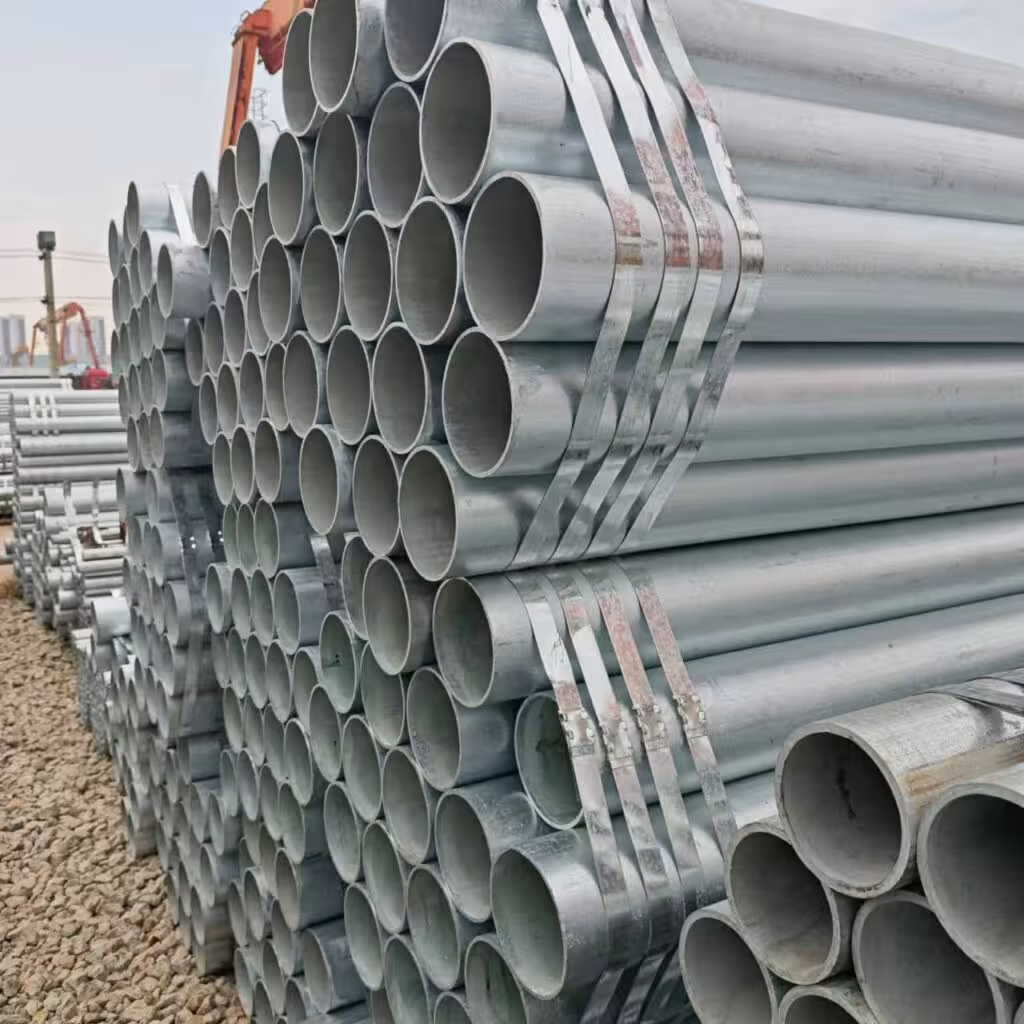
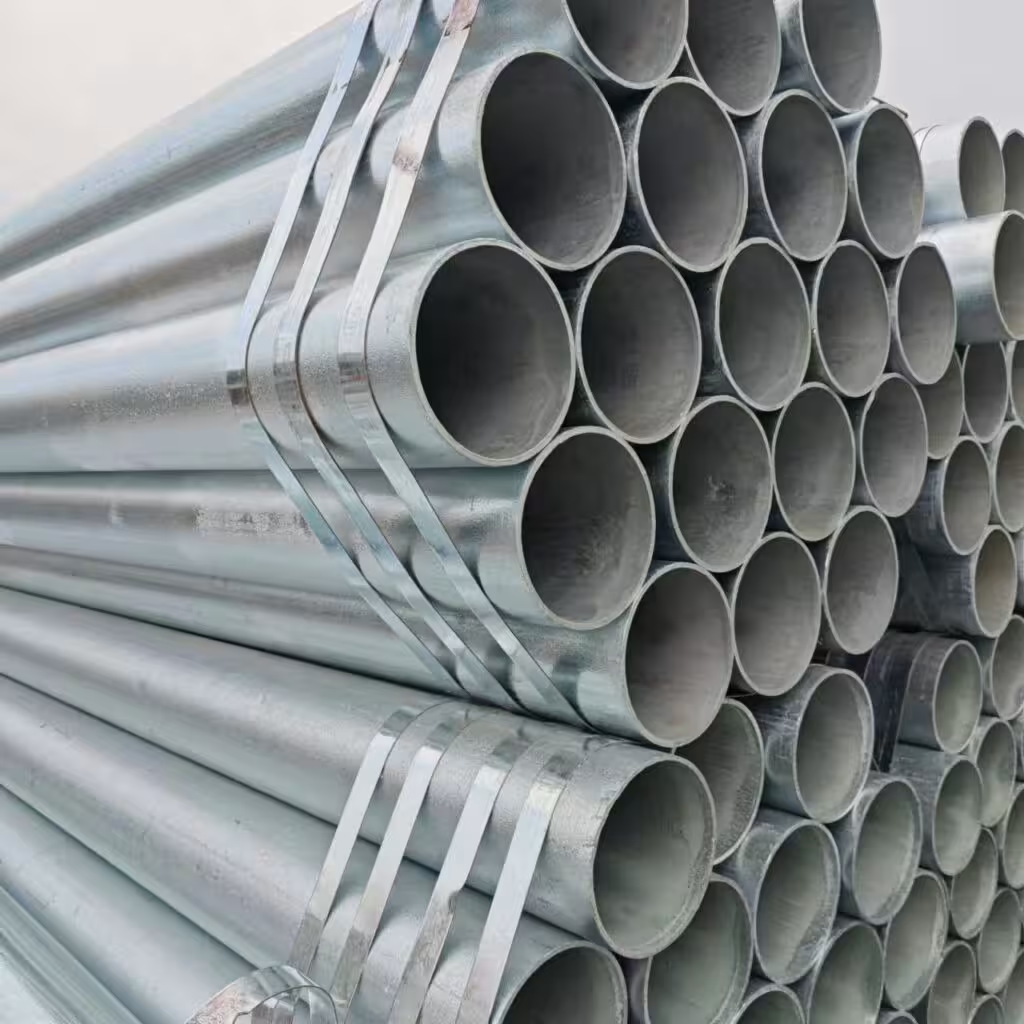
Small-Sized Galvanized Pipes (1/2-inch to 1-inch)
Small-sized galvanized pipes are often used in residential applications where water pressure and flow rates are lower. These pipes are ideal for:
- Water Supply Lines: Small pipes are frequently used for supplying water to fixtures such as faucets, showers, and toilets.
- Gas Lines: 1/2-inch and 3/4-inch pipes are also commonly used for natural gas lines in homes.
- Sprinkler Systems: For smaller-scale irrigation systems, these sizes provide sufficient water flow and pressure for lawns and gardens.
Medium-Sized Galvanized Pipes (1-inch to 2-inch)
Medium-sized pipes are often used in commercial plumbing and larger residential applications where higher water pressure and flow are required. These pipes are suitable for:
- Main Water Supply Lines: 1-inch and 1.5-inch pipes are often used for main water lines in residential buildings.
- Industrial Systems: Pipes in this size range are commonly used for small industrial and manufacturing operations.
- HVAC Systems: Galvanized pipes in these sizes are sometimes used for ventilation and air conditioning systems in commercial buildings.
Large-Sized Galvanized Pipes (2-inch and Larger)
Larger galvanized pipes are typically used in industrial and heavy-duty applications where high flow rates, greater durability, and the ability to withstand high pressure are necessary. Some typical uses include:
- Industrial Water Supply: Pipes larger than 2 inches are used to transport large volumes of water in industrial settings, including factories and large-scale commercial buildings.
- Fire Sprinkler Systems: For large buildings and high-rise structures, large galvanized pipes are used to ensure adequate water pressure for fire suppression.
- Oil and Gas Transport: In some applications, larger galvanized pipes are used for transporting oil, gas, or chemicals, where resistance to corrosion and pressure is critical.
Galvanized Pipe Sizes Chart
Here’s a simple chart to help you compare the different galvanized pipe sizes and their typical applications:
| Nominal Pipe Size (NPS) | Outer Diameter (OD) | Inner Diameter (ID) | Wall Thickness (Schedule 40) | Common Applications |
|---|---|---|---|---|
| 1/2 inch | 0.840 inches | 0.622 inches | 0.085 inches | Residential plumbing, gas lines |
| 3/4 inch | 1.050 inches | 0.824 inches | 0.113 inches | Water supply, irrigation systems |
| 1 inch | 1.315 inches | 1.049 inches | 0.133 inches | Water supply, light commercial |
| 1 1/2 inch | 1.900 inches | 1.610 inches | 0.145 inches | Commercial plumbing, gas lines |
| 2 inch | 2.375 inches | 2.067 inches | 0.154 inches | Industrial water systems, HVAC |
| 3 inch | 3.500 inches | 3.068 inches | 0.216 inches | Industrial applications, water transport |
| 4 inch | 4.500 inches | 4.026 inches | 0.237 inches | Large-scale industrial applications, fire sprinkler systems |
Factors to Consider When Choosing Galvanized Pipe Sizes

Flow Rate
When selecting a galvanized pipe size, it’s essential to consider the flow rate required for the application. Larger pipes allow for higher flow rates, making them ideal for industrial and commercial settings. In contrast, smaller pipes are better for residential plumbing systems with lower flow needs.
Pressure Rating
Different pipe schedules provide varying pressure ratings. For applications requiring high pressure, such as fire sprinkler systems or industrial water lines, a thicker-walled pipe (Schedule 80 or 160) is often necessary. For general plumbing needs, Schedule 40 pipes are typically sufficient.
Length of the Pipe Run
Longer runs of pipe will require larger sizes to prevent pressure loss. When pipes need to span longer distances, it’s essential to choose a larger diameter to maintain adequate water pressure.
Durability and Corrosion Resistance
The galvanized coating on steel pipes provides an added layer of protection against corrosion, but in environments with high humidity or chemical exposure, additional corrosion-resistant coatings may be needed. Larger pipes in industrial applications may require extra care to ensure they maintain their integrity over time.
Conclusion
Choosing the right galvanized pipe size is crucial to the success of your project. Whether you’re working on a residential plumbing system, an industrial water transport line, or a commercial HVAC system, understanding the different pipe sizes and their applications will help you make informed decisions. By considering factors such as flow rate, pressure rating, and the intended application, you can ensure that the galvanized pipes used in your project will perform optimally.
Remember, proper installation and maintenance are just as important as selecting the correct size. Ensure your galvanized pipes are installed correctly, and inspect them regularly to prevent corrosion or damage. With the right galvanized pipe size and careful attention to detail, your system will run smoothly for years to come.
FAQ
What is the difference between Schedule 40 and Schedule 80 galvanized pipes?
Schedule 40 pipes have a thinner wall, making them suitable for low-pressure applications, while Schedule 80 pipes have a thicker wall, which provides greater pressure resistance and durability for more demanding applications.
How do I choose the right galvanized pipe size for my plumbing project?
To select the right size, consider factors such as the flow rate, pressure requirements, and the length of the pipe run. Smaller pipes are typically used for residential plumbing, while larger pipes are used for industrial and commercial applications.
Are galvanized pipes still commonly used today?
While galvanized pipes were once the standard for plumbing systems, they are less commonly used today in favor of alternatives like PVC and copper pipes. However, galvanized pipes are still used in some industrial and outdoor applications where corrosion resistance is needed.
Can I use galvanized pipes for both water and gas lines?
Yes, galvanized pipes are commonly used for both water and gas lines. However, for gas lines, it is essential to ensure that the pipes are properly installed and sealed to prevent leaks.
How long do galvanized pipes last?
Galvanized pipes can last for several decades if maintained properly. However, over time, the zinc coating may wear off, leading to rust and corrosion. Regular inspection and maintenance can help extend the lifespan of galvanized pipes.

